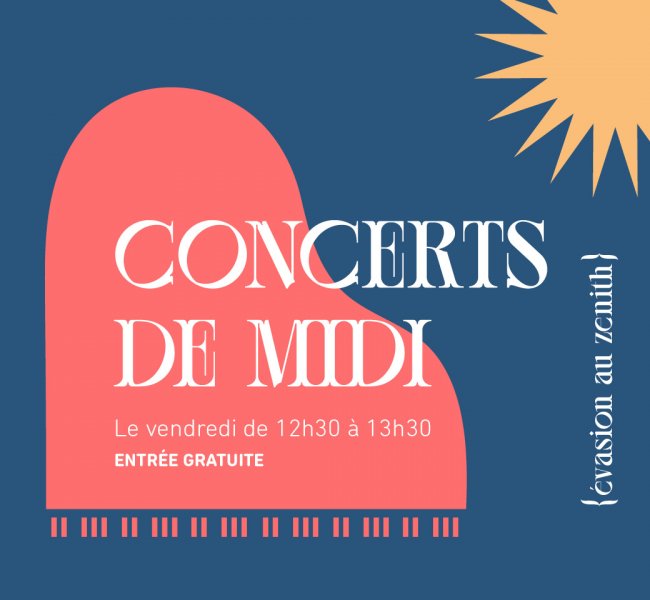Description
The cemetery plot, which dates to 1879, was acquired by the City of Luxembourg in 2003. This plot, which is on the municipal list of burial monuments due to its distinct character, commemorates Jean Mersch-Wittenauer, a Luxembourg City mayor, and Charles Mersch, a Luxembourg children's author.
Jean Mersch-Wittenauer was born on 6 February 1819 in Pfaffenthal. When he was 22 years old, he joined the foot guard that was formed for the first visit of the King-Grand Duke William II in 1841. In 1846, he married Marie-Catherine Wittenauer (1820–1863), the daughter of tobacco manufacturer Jean Wittenauer-Seywert. Jean Mersch owned a haberdashery on Grand-Rue. From 1859 to 1865, he sat on the Board of Directors of the Caisse d'Épargne de l'État. From 1859 to 1879 he served on the Chamber of Commerce as representative for general trade. He was Vice-President of the chamber from 1862 to 1866, then President from 1866 to 1872, and again from 1875 to 1879. He was a municipal councillor of Luxembourg City from 1859 to 1869, and then Mayor from 1869 to 1873.
During this time, Jean Mersch-Wittenauer negotiated the compensation for Luxembourg City following the departure of the Prussian garrison. He played an important role in developing Luxembourg City's expansion plan by leading the charge to reject the plan by engineer Louis Fuchs (1868) and instead, along with the State, adopting the plan by French engineer and landscape architect Édouard André (1873). He co-founded the swim school in Bisserwee and advocated fervently for the construction of a municipal slaughterhouse. In 1870, he established a Central Relief Committee for soldiers wounded in the Franco-Prussian War. In 1872, he gave the Pfaffenthal church the painting that adorns the High Altar: a work credited to Gaspar de Crayer (1584–1669). In 1873, he joined the committee to draw up the specifications for the construction of the horse-drawn tram. Jean Mersch died on 25 October 1879. He was awarded the title of Knight of the Order of the Oak Crown.
In addition to his wife's body, the grave holds the remains of his son, Charles Mersch (6 June 1856–9 December 1884). Charles Mersch was a renowned writer of children's poetry and songs. During the joyous entry of King-Grand Duke William III, his poem "Ein Blumenstrauss dem Fürstenpaar" was performed to music composed by Laurent Menager, the organist at St Matthew's Church in Pfaffenthal. Charles Mersch published the booklet "Der Kinderfreund" in 1883. He also published the brochure "Die drei Erzählungen" and 24 issues of a bi-monthly children's magazine, "Komm mit mir". "Die luxemburger Kinderreime" is his life's masterpiece. Charles Mersch was Editor-in-Chief of the magazine "Das Luxemburger Land, Organ für vaterländische Geschichte, Kunst und Literatur", which, to this day, is a valuable source of information on the history of Luxembourg. The grave also holds the remains of the children of the Mersch-Wittenauer union: Louis Michel Emile Mersch, a bachelor and law school graduate; Marie-Anne Mersch, who died in early infancy; and Georges Mersch, who died a bachelor at age 30. The tomb was acquired by Fritz Mersch (1862–1937), son of Jean Mersch and Marie-Catherine Wittenauer.
The monument dates to the death of Jean Mersch in 1879. A cenotaph covers the centre of the grave. The names of the deceased are inscribed on the gravestone, which is topped with a cross. The small gardens on the sides were later enclosed in granite panels.









